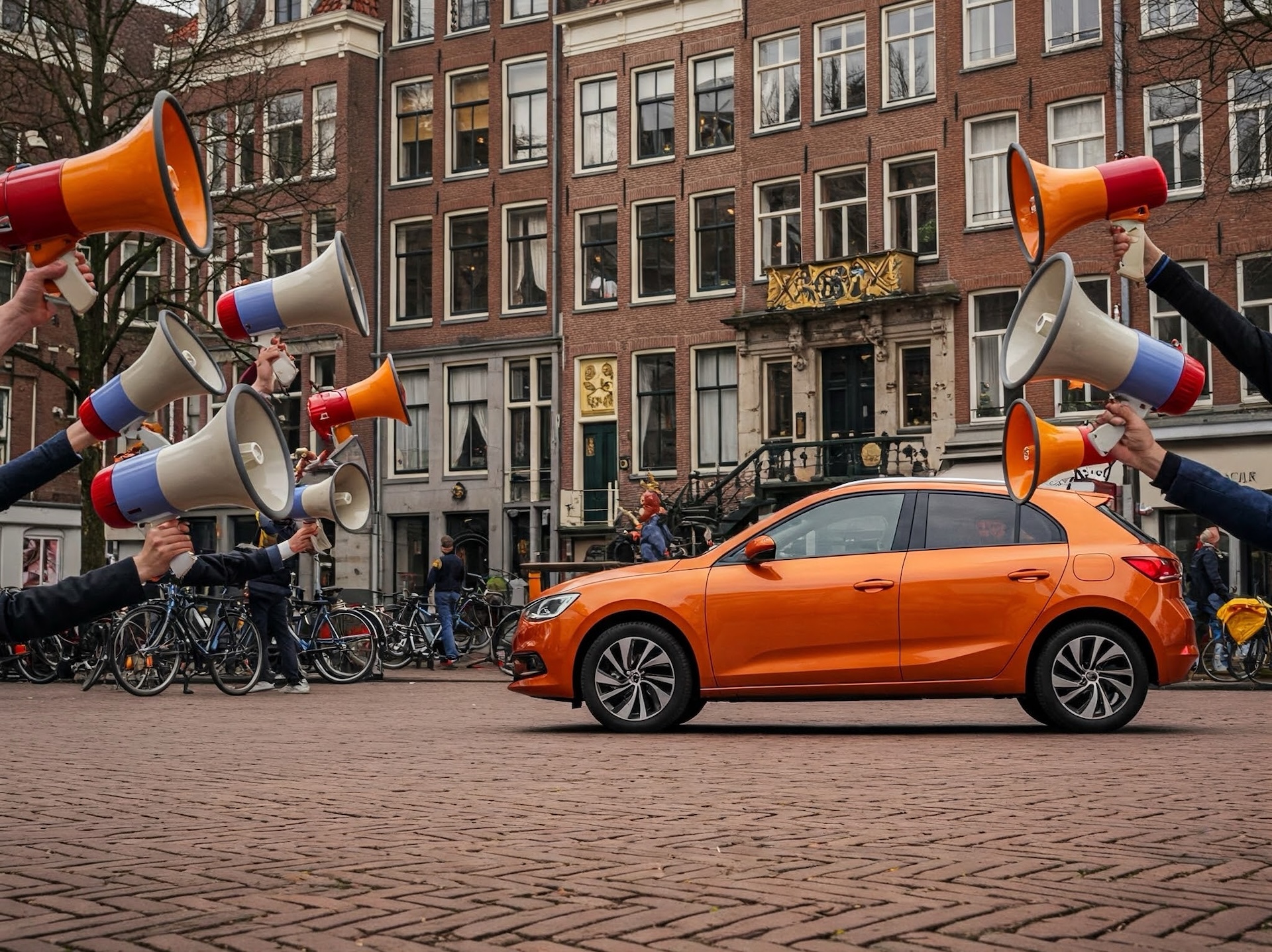Wake up call: how the Dutch government can boost car sales
What exactly is going on?
First, let’s take a look at what exactly is going on. Cars in the Netherlands tend to be pricey. That’s not so much because of VAT, which is pretty much the same in other European countries. In the Netherlands, bpm in particular throws a spanner in the works. Even on A segment cars, consumers already pay a CO2 penalty of about 4,000 euros. That makes cars unnecessarily expensive. Even for 100% electric car, buyers now pay a fixed base of BPM: 667 euros. Immediately lowering the BPM could help boost sales.
Tax incentives have all but disappeared
Speaking of all-electric driving, tax incentives are all but gone. For private individuals, the Electric Passenger Car Subsidy (SEPP) – which applied to new and used electric passenger cars and ran from 2020 to 2025 – has been permanently closed. As a result, individuals will no longer receive a subsidy to switch to electric driving. Furthermore, 100% electric cars are also no longer exempt from road tax. Drivers now still benefit from a 75 percent discount, but that is only temporary. From 2026 to 2029, EV owners will only get a 25 percent discount. After that, the discount will be over.
High addition
And business-wise? Well, there, too, the tax incentives have all but evaporated. Take the additional tax rate. In 2025 there will be two rates for the additional taxable benefit: 17% and 22%. For 100% electric cars, this 17% addition only applies up to and including a list value of 30,000 euros. For the part above that, the 22% additional tax rate applies. That actually only makes very cheap electric cars interesting. Electric driving is also simply more expensive than before.
The numbers speak volumes
As a result, automakers are having a tougher time than ever. In the first quarter of 2025, 91,766 new cars were registered, down 9.8% from the same period in 2024 (101,718 registrations). The month of March also shows a decline. In March 2025, 31,515 new cars were registered, down 14.8% from March last year (36,994 registrations). These figures come from RAI Association, BOVAG and RDC.
Commercial vehicle sales stalled
We have also not yet covered the chapter on commercial vehicles. Companies now pay bpm for company cars as well. And considerably so. As of January 1, 2025, prices have become about 15,000 to 20,000 euros more expensive on average. Not for nothing did a run on new commercial vehicles with a diesel engine occur at the end of 2024. Sales of commercial vehicles fell sharply in early 2025, as the Dutch government made the purchase of new vehicles particularly pricey.
In the first quarter of 2025, 5,144 light commercial vehicles were registered, down 76.5% from last year (21,857 registrations). In March 2025, registrations dropped a whopping 81.6% (1,558 registrations) from last (8,482 registrations). A decline that can be explained by the peak in 2024 ahead of the introduction of bpm and access requirements to zero-emission zones. Nearly 60,000 light commercial vehicles were sold in the last quarter of 2024, a fourfold increase from the same period in 2023.
Market turmoil
It is therefore safe to say that there is turmoil in the car market. The Dutch government often chases car buyers across the border or forces people to get into an older used car, as used car sales soar. This runs counter to the government’s greening mission to make the car fleet cleaner.
“There is turmoil in the auto market”
Sale of used cars (occasion)
540,131 used cars were sold in the first quarter of 2025, up 4.3% from the same period last year (517,606). Of these, 357,500 transactions were BtC (Business to Consumer) and 182,631 were CtC (Consumer to Consumer). In March, 181,264 used cars changed hands (up from 179,026 in March 2024, a 1.3% plus), of which 118,643 were BtC and 62,621 were CtC. Figures that companies selling new cars envy.
Continue to invest in promoting electric driving
Huub Dubbelman, Chairman of the Passenger Cars and Light Commercial Vehicles section of the RAI Association: “Despite positive figures for electric cars, the growth of electric driving is also being held back by the general decline in the car market. This is happening just when further acceleration is essential. After all, electric driving is still not self-evident; only a small portion of the fleet drives completely emission-free. If tax incentives are scaled back even further after 2026, we risk losing the momentum of sustainability. The government must therefore continue to invest in stimulating electric driving.”
Bert de Kroon, president of BOVAG Autodealers, adds: “We see consumer confidence dropping. Add to that the uncertainty surrounding EVs and global developments and you can understand why sales are under pressure.”
In a nutshell
Long story short: the Dutch government has no choice but to stimulate car sales in the Netherlands. Good for the economy, but also for the greening of the car fleet. Roll back the BPM penalty, breathe new life into the SEPP subsidy and come up with other tax incentives that further encourage electric or partially electric driving. The Netherlands is at a standstill now.

